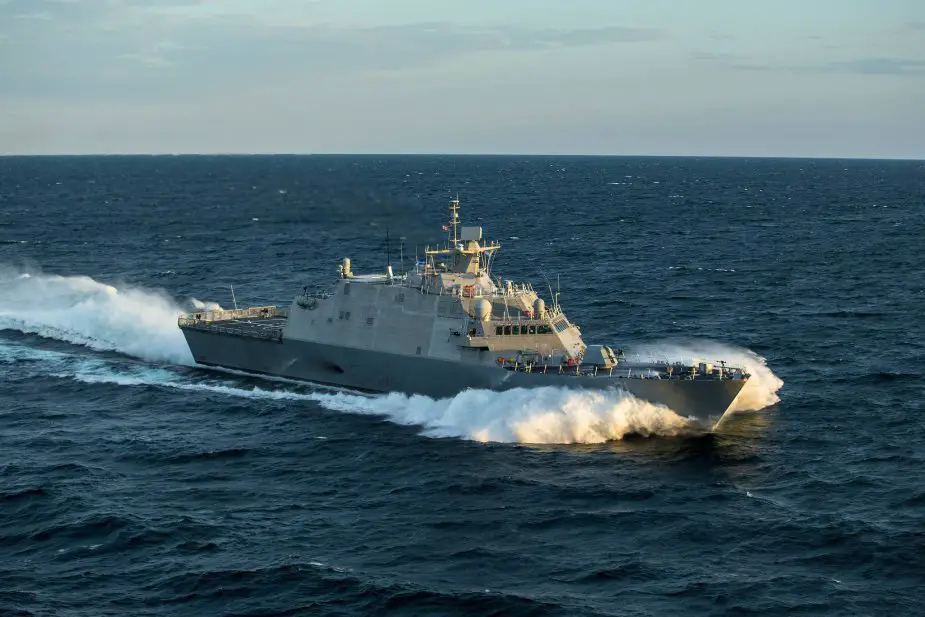Breaking news
US Navy accepts delivery of future USS Minneapolis-Saint Paul.
According to information published by the U.S. Department of Defense on November 19, 2021, the Navy accepted delivery of the future USS Minneapolis-Saint Paul (LCS 21) at the Fincantieri Marinette Marine (FMM) shipyard.
Follow Navy Recognition on Google News at this link
 Freedom-variant Littoral Combat Ship USS Minneapolis-Saint Paul (Picture source: Lockheed Martin)
Freedom-variant Littoral Combat Ship USS Minneapolis-Saint Paul (Picture source: Lockheed Martin)
The future USS Minneapolis-Saint Paul is the 11th Freedom-variant LCS designed by the Lockheed Martin-led industry team at Fincantieri Marinette Marine, Marinette, Wisconsin. The delivery marks the official transfer of the ship from the shipbuilder, part of a Lockheed-Martin-led team to the Navy.
LCS 21 was accepted after rigorous testing of a combining gear modification that will allow for unrestricted operations, addressing a class-wide flaw that was discovered as the Fleet deployed these ships in greater numbers. LCS 21 is the first Freedom-variant ship to receive the fix.
The future USS Minneapolis-Saint Paul is the second naval ship to honor Minnesota’s Twin Cities although each city has been honored twice before. The first US Navy warship named Minneapolis-Saint Paul was a Los Angeles-class submarine-launched in 1983 who took part in Operation Desert Shield/Desert Storm.
USS Minneapolis-Saint Paul (SSN 708) was the first submarine to carry Tomahawk missiles specifically designed for use in strikes against Iraq during the Gulf War. Having served for over two decades with distinction, the submarine Minneapolis-Saint Paul was decommissioned in 2007.
Several more Freedom-variant ships are under construction at Fincantieri Marinette Marine Corp. in Marinette, Wisconsin. Pending successful at-sea testing of its combining gear modification, Cooperstown (LCS 23) is planned to deliver in January 2022. Additional ships in various stages of construction include Marinette (LCS 25), Nantucket (LCS 27), Beloit (LCS 29), and Cleveland (LCS 31).
The ship is a semi-planing steel monohull with an aluminum superstructure. It is 377 ft (115 m) in length, displaces 3,500 metric tons (3,400 long tons), and can achieve 47 kn (87 km/h; 54 mph).
The design incorporates a large, reconfigurable sea frame to allow rapidly interchangeable mission modules, a flight deck with an integrated helicopter launch, recovery, and handling system, and the capability to launch and recover boats (manned and unmanned) from both the stern and side.

























